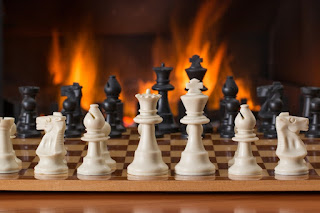 |
| Chess pieces on a board with a fire in the background photo by stevepb at https://pixabay.com/photos/chess-board-game-fireside-strategy-2489553/ |
This world history resource focuses on nationalist revolutions
that swept the West from 1789 to 1900 and includes
quiz questions and answers and video links to related topics.
I utilized World History: Patterns of Interaction (Holt McDougal) for our world history textbook. It has multiple options for different learning styles and covers a wide array of information.
This quiz accompanies Chapter 24: pages 678-713.
Directions for the quiz:
- Scroll down and click on the thumbnail to enlarge to full screen.
- Click on the graphic to advance to the next screen.
- Choose an answer for each question.
- Compare your answers with those provided.
If you are interested in a group and/or interactive version of this quiz,
log in to Kahoot! and search for Week 24 World History by Katrena.
log in to Kahoot! and search for Week 24 World History by Katrena.
Below are free videos to accompany chapter 24:
- Crash Course: Haitian Revolutions
- Mexican War of Independence
- Crash Course: Latin American Revolutions
- Brazil wins independence from Portugal via Dom Pedro
- Antonin Dvorak
- Russian Edict of Emancipation
- Crash Course: Italian & German Unification
- Otto von Bismarck
- Romanticism
- Ludwig van Beethoven
- Realism
- What is Impressionism?
Thanks for visiting my Student Survive 2 Thrive blog.
Navigate my blog easily through my site map, topics
tabs on the right, or via my search bar.
Here are a few of my articles you may also find helpful this week:
- Week 24 Visual Arts: Art as Activism
- Week 24 Ninth Grade ELA Assignments
- North Carolina State Parks Trivia Game
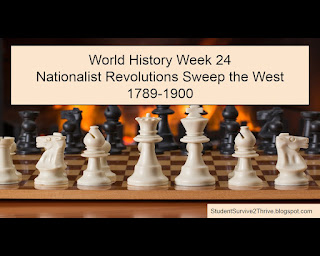 |
| World History Week 24 Nationalist Revolutions Sweep the West 1789-1900 |
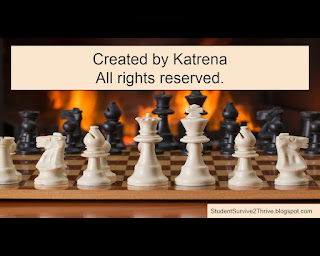 |
| Created by Katrena. All rights reserved. |
 |
| The correct answer is: Out of many, one. |
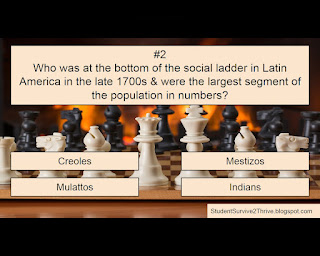 |
| Who was at the bottom of the social ladder in Latin America in the late 1700s & were the largest segment of the population in numbers? Answer choices include: Creoles, Mestizos, Mulattos, Indians |
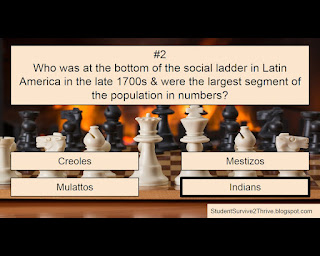 |
| The correct answer is Indians. |
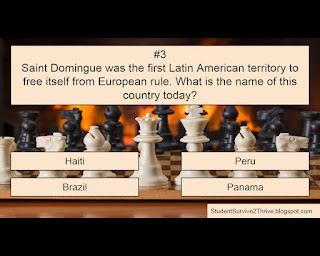 |
| Saint Domingue was the first Latin American territory to free itself from European rule. What is the name of this country today? Answer choices include: Haiti, Peru, Brazil, Panama |
 |
| The correct answer is Haiti. |
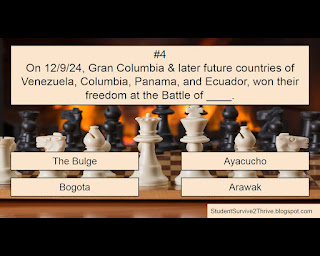 |
| On 12/9/24, Gran Columbia & later future countries of Venezuela, Columbia, Panama, and Ecuador, won their freedom at the Battle of ____. Answer choices include: The Bulge, Ayacucho, Bogota, Arawak |
 |
| The correct answer is Ayacucho. |
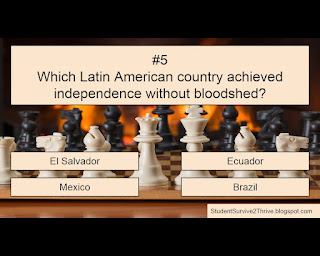 |
| Which Latin American country achieved independence without bloodshed? Answer choices include: El Salvador, Ecuador, Mexico, Brazil |
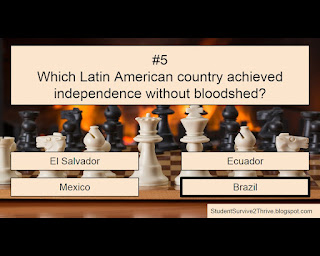 |
| The correct answer is Brazil. |
 |
| The correct answer is Liberal. |
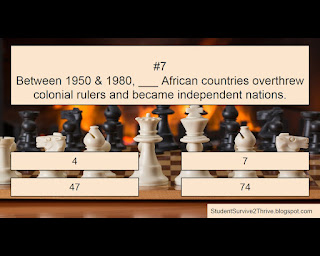 |
| Between 1950 & 1980, ___ African countries overthrew colonial rulers and became independent nations. Answer choices include: 4, 7, 47, 74 |
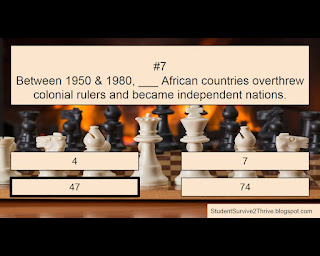 |
| The correct answer is 47. |
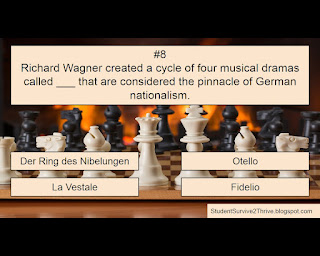 |
| Richard Wagner created a cycle of four musical dramas called ___ that are considered the pinnacle of German nationalism. Answer choices include: Der Ring des Nibelungen, Otello, La Vestale, Fidelio |
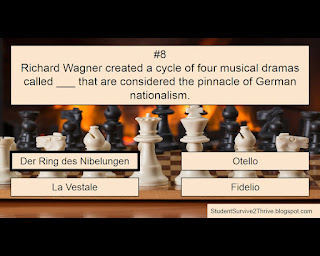 |
| The correct answer is Der Ring des Nibelungen. |
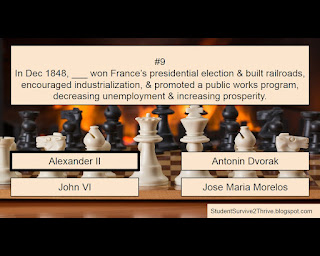 |
| The correct answer is Alexander II. |
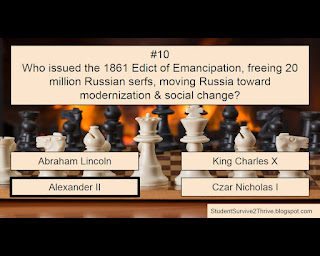 |
| The correct answer is Alexander II. |
 |
| ___ can unite people who share common ancestry or bonds & can lead to unification, separation, or building states. Answer choices include: Pessimism, Nationalism, Dictatorship, Imperialism |
 |
| The correct answer is Nationalism. |
 |
| What did Garibaldi’s troops always wear in battle? Answer choices include: black hats, purple pants, orange gloves, red shirts |
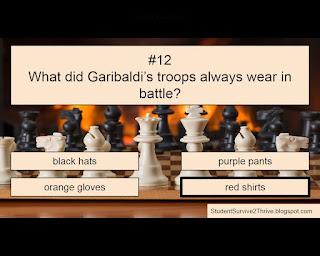 |
| The correct answer is red shirts. |
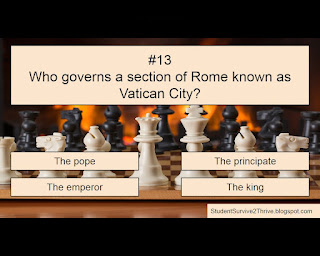 |
| Who governs a section of Rome known as Vatican City? Answer choices include: The pope, The principate, The emperor, The king |
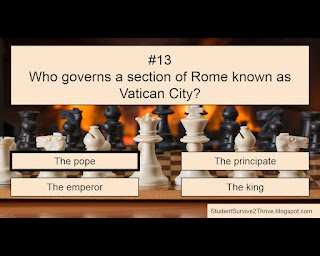 |
| The correct answer is the pope. |
 |
| The correct answer is: All of these. |
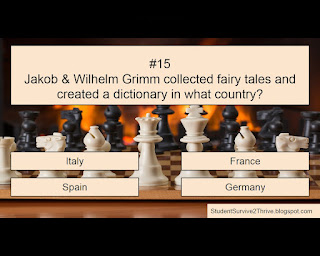 |
| Jakob & Wilhelm Grimm collected fairy tales and created a dictionary in what country? Answer choices include: Italy, France, Spain, Germany |
 |
| The correct answer is Germany. |
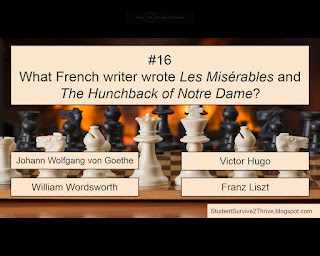 |
| What French writer wrote Les Misérables and The Hunchback of Notre Dame? Answer choices include: Johann Wolfgang von Goethe, Victor Hugo, William Wordsworth, Franz Liszt |
 |
| The correct answer is Victor Hugo. |
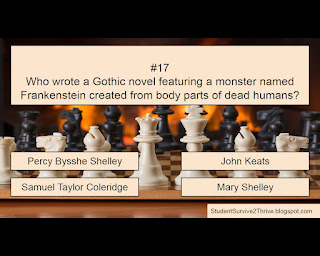 |
| Who wrote a Gothic novel featuring a monster named Frankenstein created from body parts of dead humans? Answer choices include: Percy Bysshe Shelley, John Keats, Samuel Taylor Coleridge, Mary Shelley |
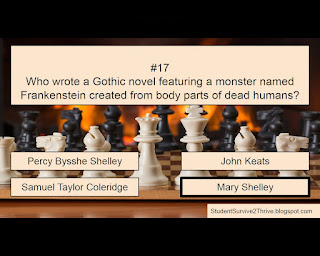 |
| The correct answer is Mary Shelley. |
 |
| The first practical photographs were called ____. Answer choices include: polaroids, digitals, daguerreotypes, still lifes |
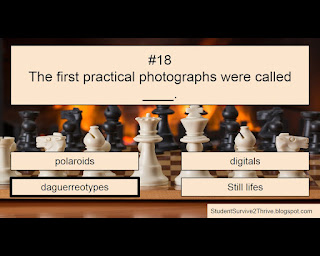 |
| The correct answer is daguerreotypes. |
 |
| The correct answer is: The Human Comedy. |
 |
| The correct answer is Ludwig van Beethoven. |
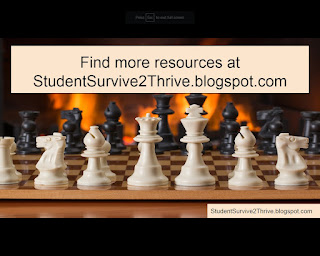 |
| Find more resources at StudentSurvive2Thrive.blogspot.com |

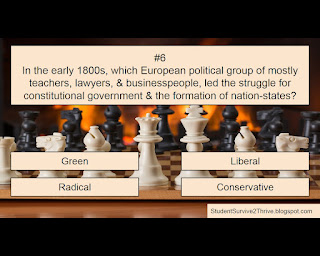

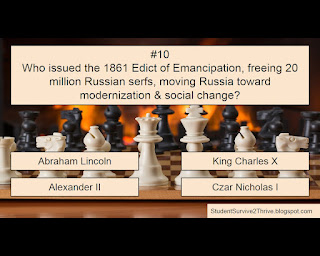
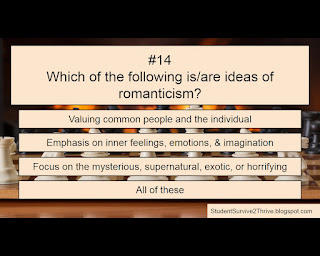

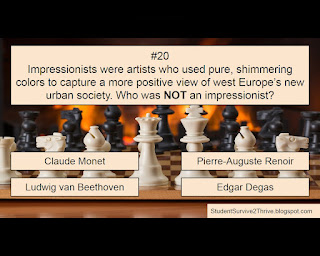
No comments:
Post a Comment
Thanks for reading my article and sending your comment! Please note that I do not place links to other web sites on this blog.
Note: Only a member of this blog may post a comment.